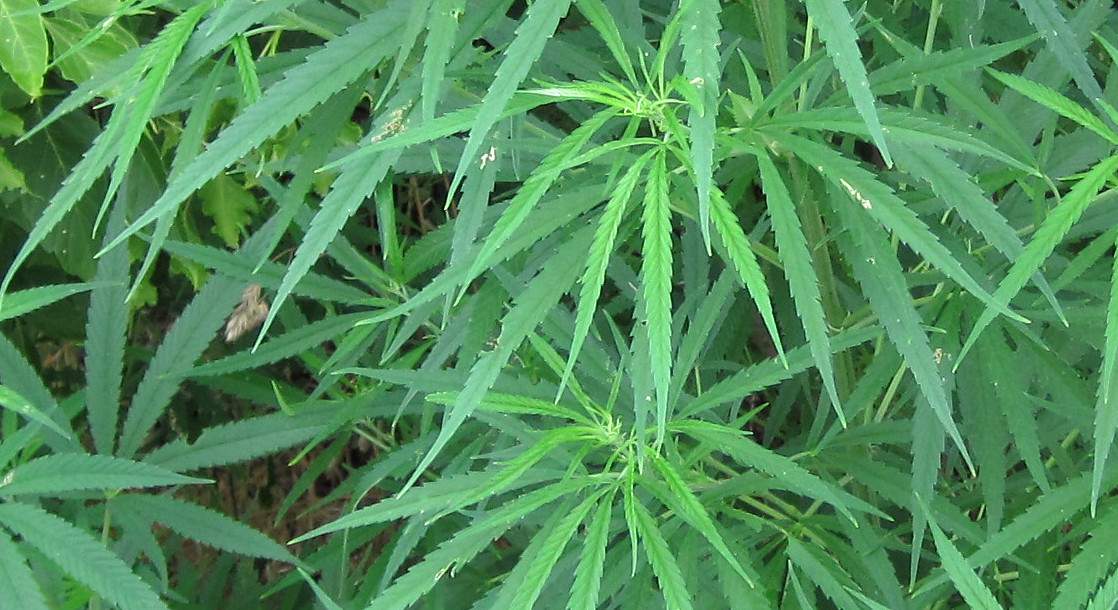While there’s been an increase in awareness of the environmental impact of cannabis production over the last several years, aided by journalists and sources in law enforcement, one sector that hasn’t weighed in on this concern as much is academia, but not for a lack of interest. In a recently published study reported earlier this week by ScienceDaily, environmental scientists from Ithaca College and the University of California, Berkeley write that “anecdotal observations [about cannabis agriculture] fuel speculation about associated environmental impacts, and there is an urgent need for systematic empirical research,” adding that marijuana’s current Schedule I classification under federal law “has stymied research on cannabis production methods and their environmental impacts.”
Authors Van Butsic of UC Berkeley and Jacob Brenner of Ithaca College explain that as states across the country have progressively reformed their rules on cannabis over the past twenty years, specialists have been virtually handcuffed from investigating the effect of marijuana farms on the environment, highlighting that “since the prohibition of cannabis in the 1930s, research into horticultural and agronomic methods has been prohibited in the US.” Arguing that the economic rewards of the Green Rush are driving “rapid changes in cannabis agriculture on the ground” with “serious environmental implications,” they then present their study as “an example of what could be done anywhere cannabis agriculture takes place”.
Utilizing high-res images from Google Earth (sorry, farmers), the duo mapped marijuana grows in a random sample of typical watersheds in and around Humboldt County, California – part of the storied Emerald Triangle and “[possibly] the top-cannabis producing region in the world”, yet also home to endangered species like the California redwoods trees, steelhead trout, and Chinook salmon. Detailed satellite photos enabled them to “visually detect even small, sparsely planted grows,” and they estimated the quantity of cannabis plants in spotted greenhouses, assuming that “all greenhouses are used for cannabis production” given a 1800 percent increase in Humboldt County’s greenhouse count from 2004 to 2014 during a “simultaneous decrease in nursery crop production” (making it pretty doubtful that Humboldt’s farmers are growing geraniums). They then analyzed the density of grow sites to account for water usage, the number of sites situated on steep slopes (prone to erosion), the distance sites were located from developed roads (requiring deforestation for farming), and their closeness to habitats for endangered fish.
Their results are concerning: although the total size of cannabis production in the area pales in comparison to the scale of conventional agriculture in California, they found that marijuana farms tended to be clustered in the most environmentally sensitive areas within watersheds, posing dangers to the conservation of land, water, and local wildlife—impacts that “may extend far beyond the grow sites themselves.” However, they see a role for government regulation in preventing the worst potential damages, writing that “sitting grows in areas, with better access to roads, gentler slopes, and ample water resources could significantly reduce threats to the environment,” and that informed land-use policies for cannabis could alleviate such hazards in Humboldt and elsewhere.
Despite the seriousness of cannabis farming’s side effects, Brenner and Butsic optimistically conclude that given its immense profitability and smaller consumption of land and water resources relative to traditional agricultural products, “sustainable cannabis agriculture” could create opportunities for rural development, land sparing, and nature preservation; that is, if better land-use policies are implemented. They reiterate that without stronger academic studies, we won’t know what those are, making it “crucial for federal oversight to allow researchers to keep pace with developments in the field.”
Check out the full report for yourself here.











